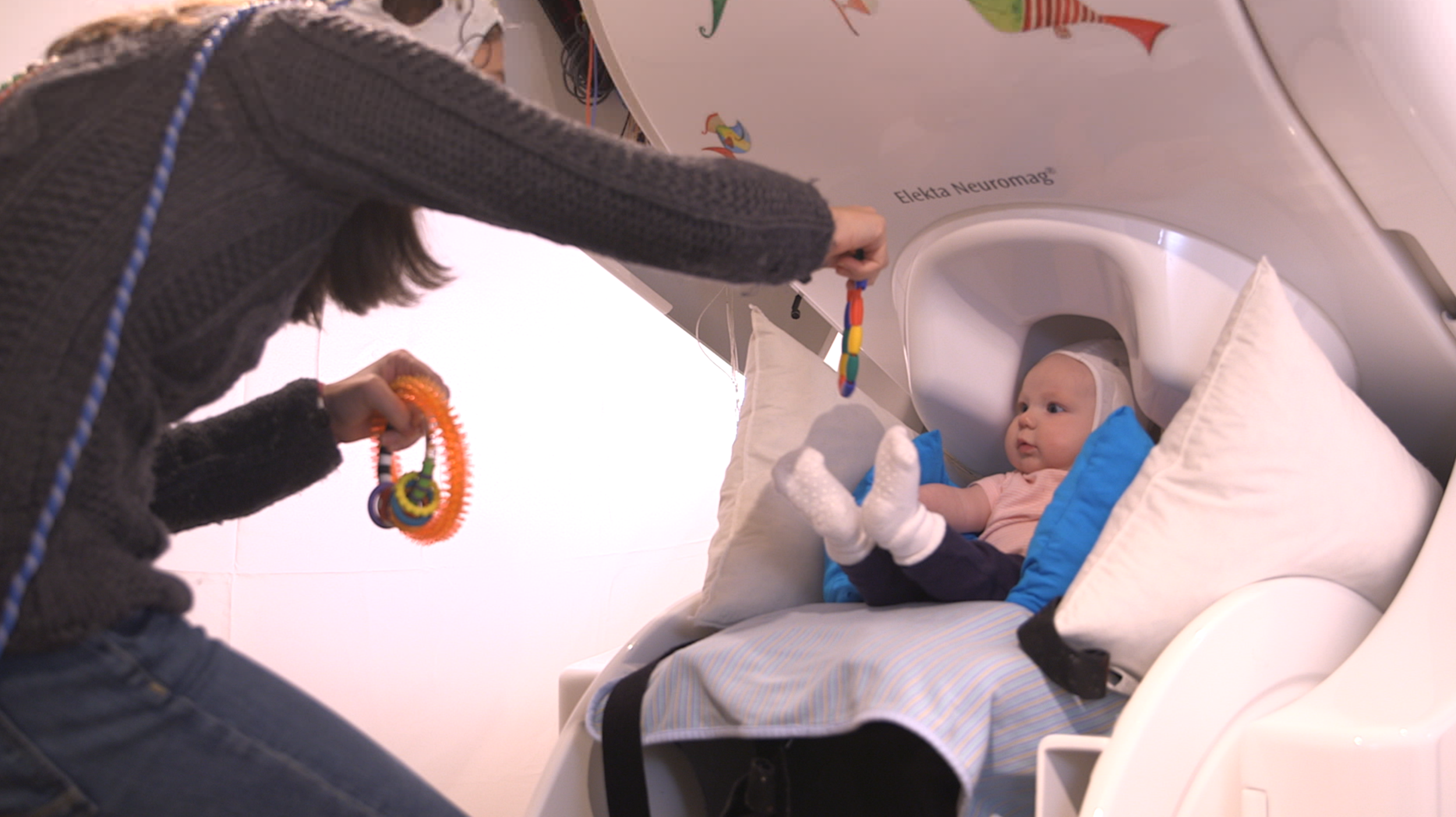Why a film about early learning?
We know more than ever about children's brains and what they need to thrive.
Thanks to new brain scanning technology and rigorous inquiry, scientists understand more about children’s brains than ever before. With every new study, the incredible development happening in a child’s early years becomes more and more apparent. For example, we now know that the number of words a child hears before age three can vastly improve her school readiness. The first few years of life are a kind of “big bang” for learning — 100 billion neurons being connected by synapses at a rate of seven hundred per second. And when a child lacks an engaging, loving environment, “toxic” experiences actually have the power to rewire her brain, with consequences that can last a lifetime.
But our childcare and educational systems have not caught up to this new scientific reality.
The lack of high quality, affordable childcare has, in recent years, emerged as a full-blown crisis for working and middle-class families. At the end of World War II, just 12% of American mothers with children under six worked outside the home; today, that number is closer to 70%. Parents are left to fend for themselves, too often caught between wanting what’s best for their children and needing to make ends meet.
The need to solve America's early learning crisis is urgent.
The United States has always been defined by opportunity — and no issue so glaringly highlights our failure to deliver on this promise as the imbalance in the opportunities afforded to our youngest children. Today there is consensus amongst the fields of neuroscience, education, and developmental psychology that a child’s experiences between ages zero and five have an enormous impact on her opportunity to thrive for the rest of her life — from academic achievement to health to her future earnings as an adult.[1] Experts calculate that the return on investment (ROI) for quality early childhood education — in terms of money saved in the health care system, in prisons, in tax revenue, in special education — is somewhere between $4 and $13 for every one dollar invested in a young child.




